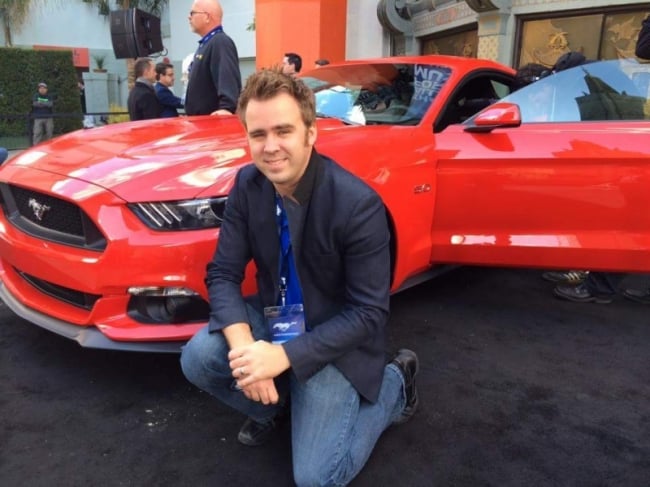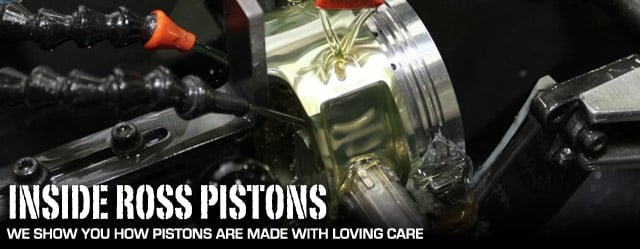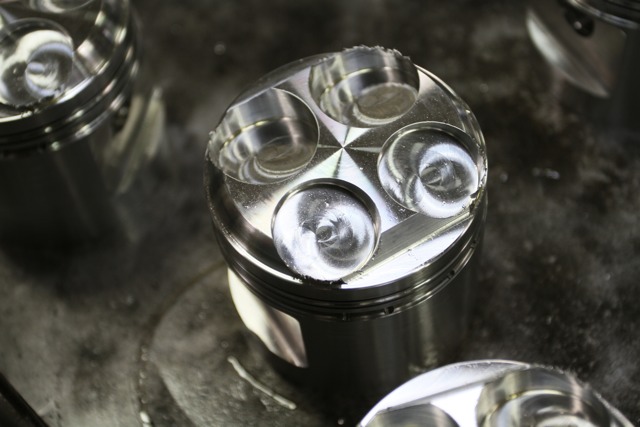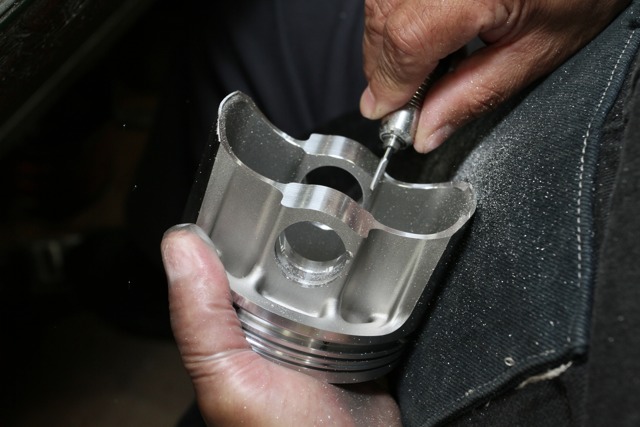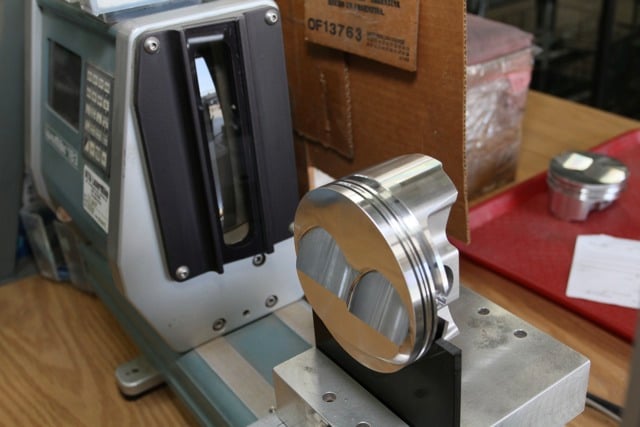Picking proper pistons for an engine build can be the difference between winning and ultimate engine destruction. Not only does a piston need to be strong enough to support all the horsepower an engine is trying to produce, but it must be precise on machining tolerances. An off-the-shelf piston will get the job done in many cases, but being able to custom tailor a design to meet your specific needs is paramount to making the maximum amount of reliable horsepower. Compression ratios, valve reliefs, gas ports, 3D profiling, ring size and location are some of the many options when it comes to building a custom set of pistons. Ross Racing Pistons is one of the leading piston companies that has the ability to custom design you a set of pistons that will fit the exact specs you are trying to build.
We hooked up with Ross to build us a set of pistons for the 1,000+ hp 427ci small block Ford destined for our 1965 Mustang “Biting the Bullitt“. Since the pistons were destined for a boosted application, we went with 9:1 compression slugs with horizontal gas ports. Also, we made the hour trip to their facility so we could pick up our newly-machined pistons and check out their facility. Follow along as we take you through a photo tour of how Ross designs and manufactures their pistons.
Ross Racing Pistons History
Ross Racing Pistons began production of high-end forged aluminum racing pistons in 1979, with 2011 marking their 32nd year in business. Ross has remained a family owned and ran company the entire. Ken Roble and Moe Mills where Ross’ two founders, and after 29 years Moe Mills decided to retire with Joy Roble and Chris Madsen working full time at ROSS and oversee the day to day operations of the company. But the dedication to the company doesn’t stop with the owners — more than 25% of the Ross work force has been with the company for over ten years, and several Ross team leaders have been with Ross for over 20 years. Though there are some processes Ross likes to take care of by hand, they utilize the newest and most accurate (Okuma, Mori Seiki, Takisawa, Fadal) CNC equipment available for manufacturing. Along with a very wide range of forgings, Ross maintains exacting tolerances on pistons for practically all engines.
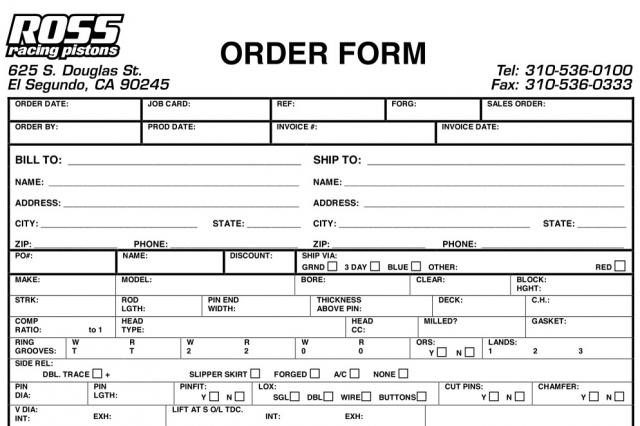
Before a piston begins its design process an order form must be filled out. While you might not know everything on this form, filling it out the best you can will help speed the process up. Since Ross has worked with many piston and head manufactures, they will be able to fill in the blanks. To download the order form Click Here
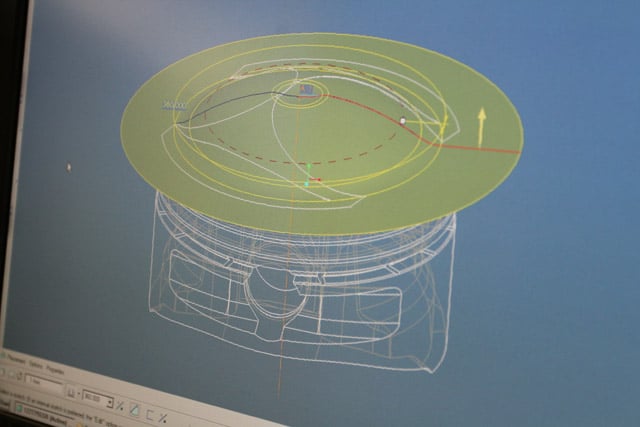
Each piston first goes through a design phase. A team of CAD engineers work with customer orders to modify stock piston designs to meet a specific customer need, or they can also start with a fresh slate on any engines they aren't already familiar with.
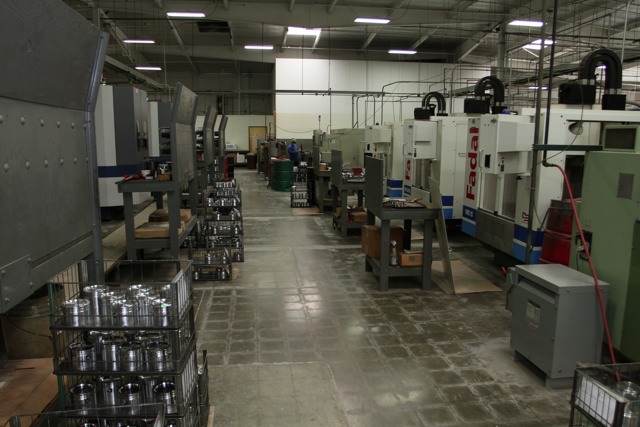
All of Ross' machining processes are done on a variety of machines designed to do a specific task in the piston making process. The above photo is only about a third of the machining centers Ross possesses.

Ross has a whole store room filled with piston forging blanks that start as the ground work for each set of pistons. This piston has just finished the first operation; pin holes, oil return holes, forced pin oilers, and lock removal indents have been drilled, along with the oil dispersion groove, and pin lock grooves.

This is the second operation where the piston has been rough turned to within .010 of its finished diameter. The accumulator groove will be cut here if required. The ring lands have been turned down to their correct diameter and the ring grooves have been rough cut to within .002 of the finished width. The top of the piston has also been cut down to the correct dimension. Finally, the dish or dome will be cut in this process.

Next the pistons are moved to one of the milling centers where the side relief, dome/reverse dome, and valve reliefs are cut. Canted valve layouts are moved to a 5 axis machining center.
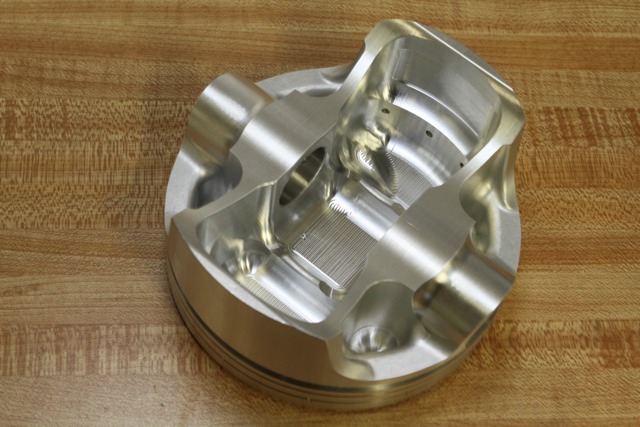
Next the bottom of the pistons are contoured to remove weight. Another weight savings option is 3D profiling, where the bottom of the piston is mirror cut with the top of the piston's shape, giving the same thickness throughout the inside of the piston.
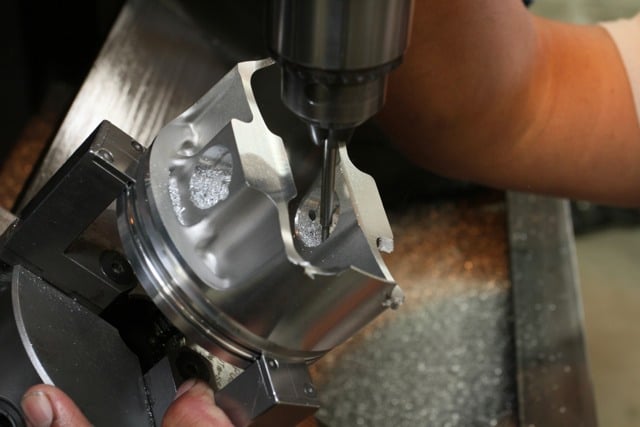
Like we said in the introduction, Ross believes some processes still need to be done by hand. One of those processes is the forced pin oiler holes, which are intersected manually
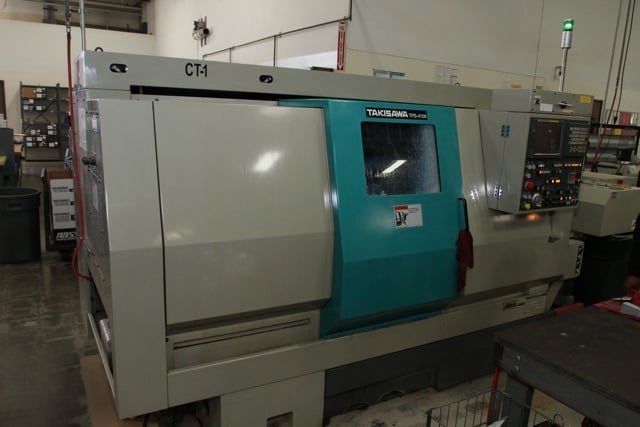
During the final machining process the ring grooves are double plunged to prevent groove wave and insure a square groove and excellent finish. The skirt profile and cam are then cut.

The final manufacturing operation is fitting the pins to the pistons on one of the Sunnen automated hones.

The pistons are then engraved with the job card number (identification number) and cleaned. This serves as the piston's serial number for future ordering or trouble shooting.
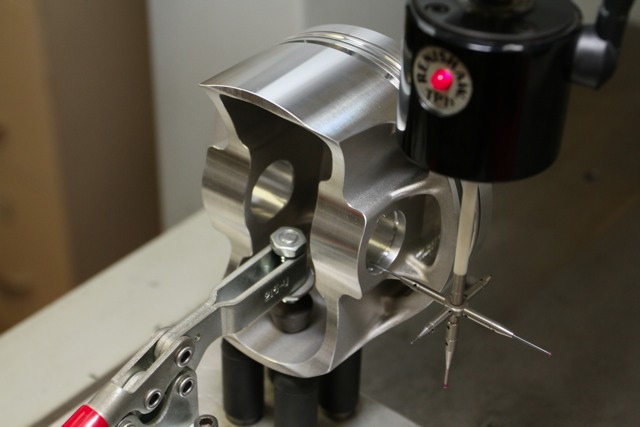
The pistons are pulled from the production line at random and go through multiple inspection stations to ensure all tolerances are exact.
In a Couple Weeks You Can Have Your Own Personalized Pistons
While pistons have been used in automobiles for well over 100 years, their technology is still being refined and improved. Pistons are a precise tool that take the brunt force of the combustion cycle, and have to be able to handle over 800 horsepower per piston in extreme circumstances. Even in the case of our 1000 hp street engine, nothing is compromised in function or quality at Ross when it comes to making a custom set of racing pistons.


